Silistra befindet sich nordöstlich in Bulgarien und ist direkt an der Donau auf der bulgarischen Seite gelegen. Die Donau bildet in diesem Abschnitt die natürliche Grenze zwischen Bulgarien und Rumänien.
Als Grenzstadt war Silistra im Laufe der Geschichte immer hart umkämpft, zunächst haben die Römer 12 CE eine Festung nahe der früheren Thrakischen Siedlung unter dem Namen "Durostorum" errichtet.
Die Stadt wurde immer wieder mit unterschiedlichem Erfolg belagert, zuerst von den Ungarn, gefolgt vom Prinz von Kiev (Sviatoslav I), dann dem Byzantinischen Reich, den Mongolen, bis die Stadt um 1400 vom Osmanischen (türkischen) Reich eingenommen wurde.
Erst Ende des 18. Jahrhunderts, Anfang des 19. Jahrhunderts gelang es dem Russischen Reich Silistra zu befreien und die Stadt wurde dann 1878 nach dem Sieg über die Türken im Russich-Osmanischen Krieg wieder Teil Bulgariens.
Bis 1985 stieg die Bevölkerung bis 70K Einwohner kontinuierlich an, nach der Wende leidet die Stadt aber an der enormen Auswanderung (Brain Drain) und der rückläufigen demographischen Entwicklung (Depopulation), die Silistra besonders hart und doppelt getroffen hat.
Laut offiziellen Zahlen ist die Bevölkerung Stand 2024 auf unter 27K geschrumpft und hat sich damit seit den 1980-er Jahren mehr als halbiert. Das ist wirklich heftig, und leider auch ein exemplarisches Beispiel für den Bevölkerungsrückgang in Bulgarien. In vielen Städten und vor allem Dörfern ist Situation ähnlich oder sogar noch dramatischer.
Sehenswürdigkeiten von Silistra sind die römischen Ausgrabungen (Durostorum), das spätrömische Grab, das leider geschlossen war, die türkische Festung "Medjidi Tabia" und der Donaupark.
Was sagt ihr dazu? Wart ihr schon mal in Bulgarien?

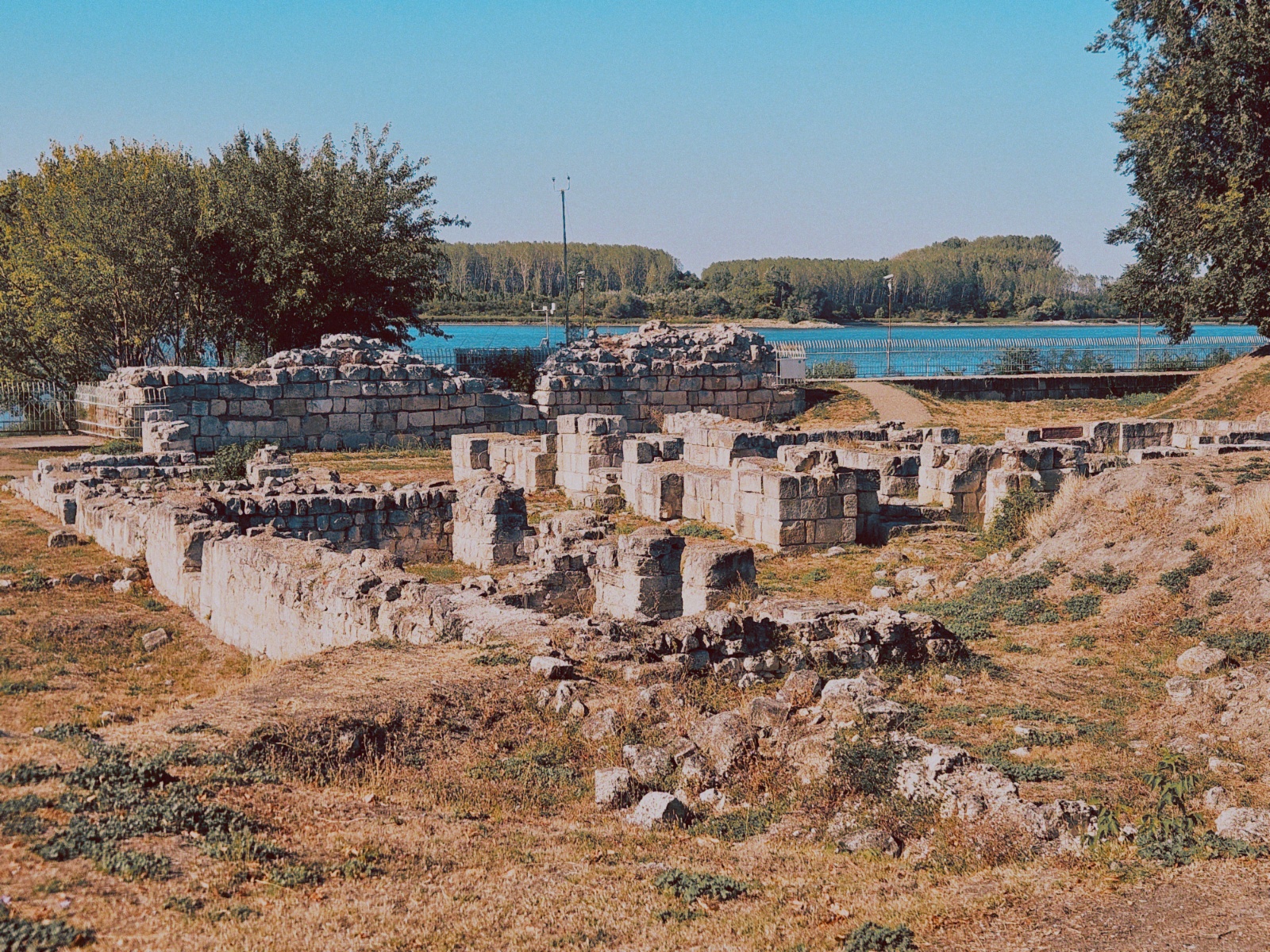
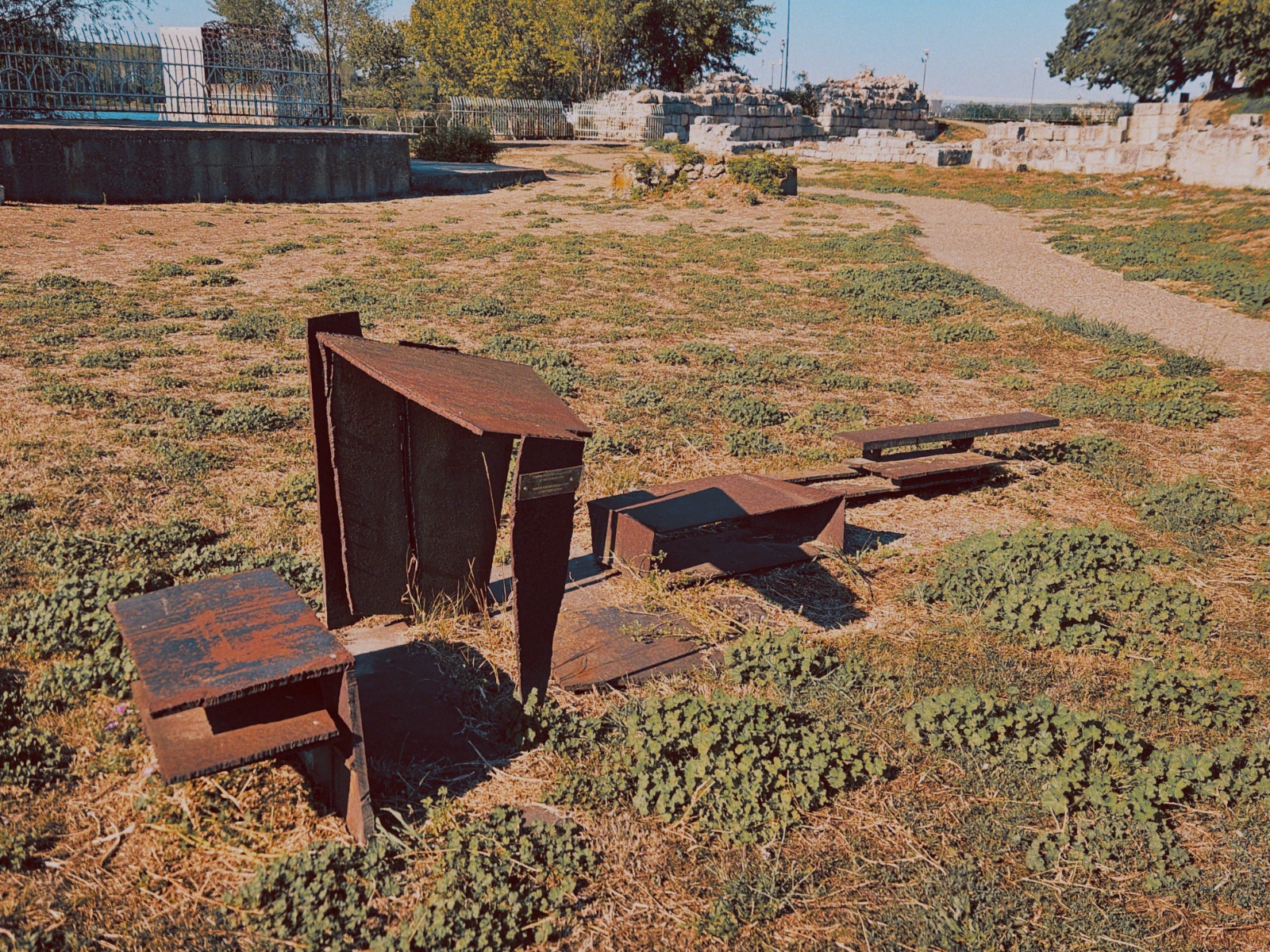
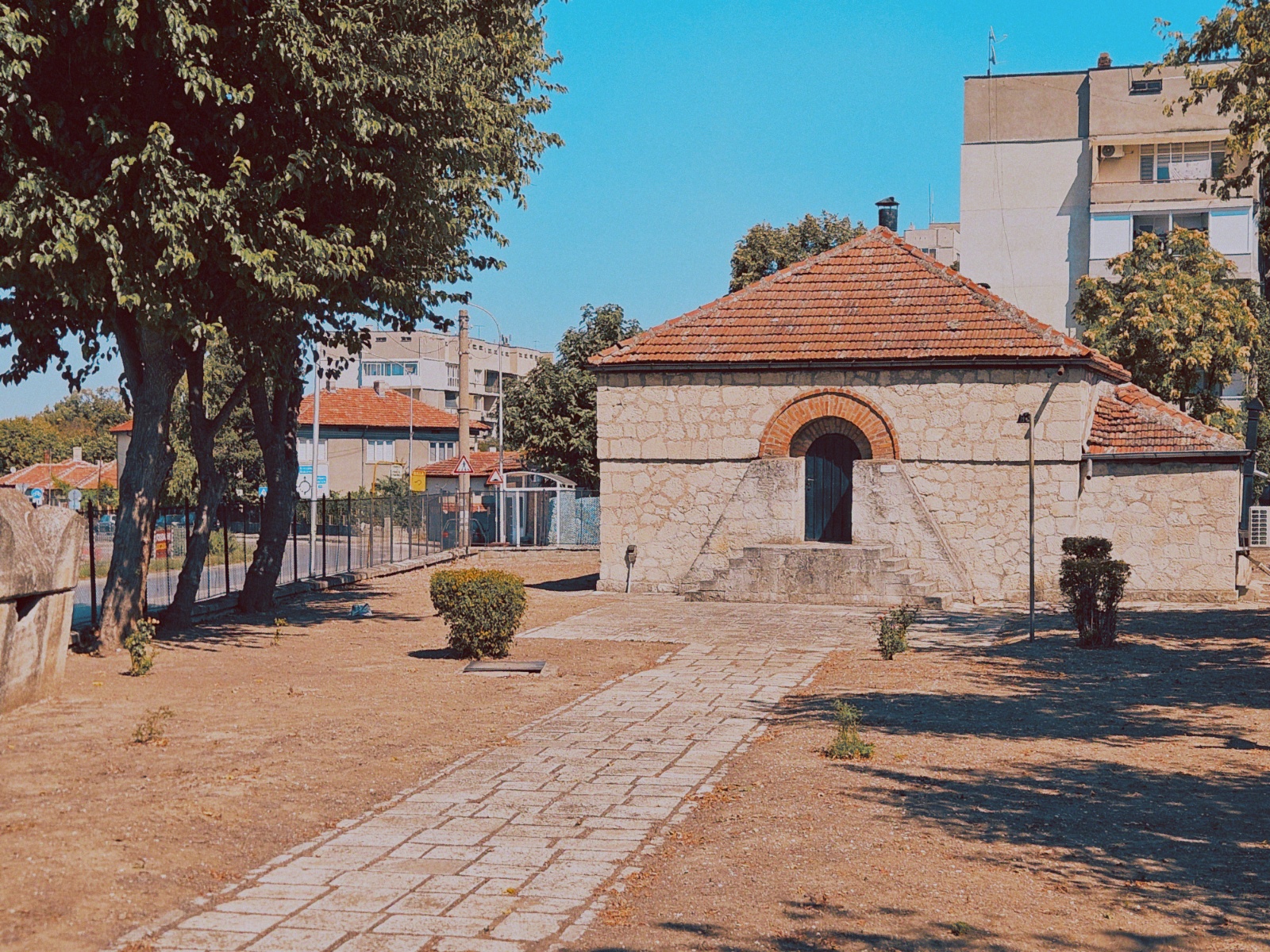
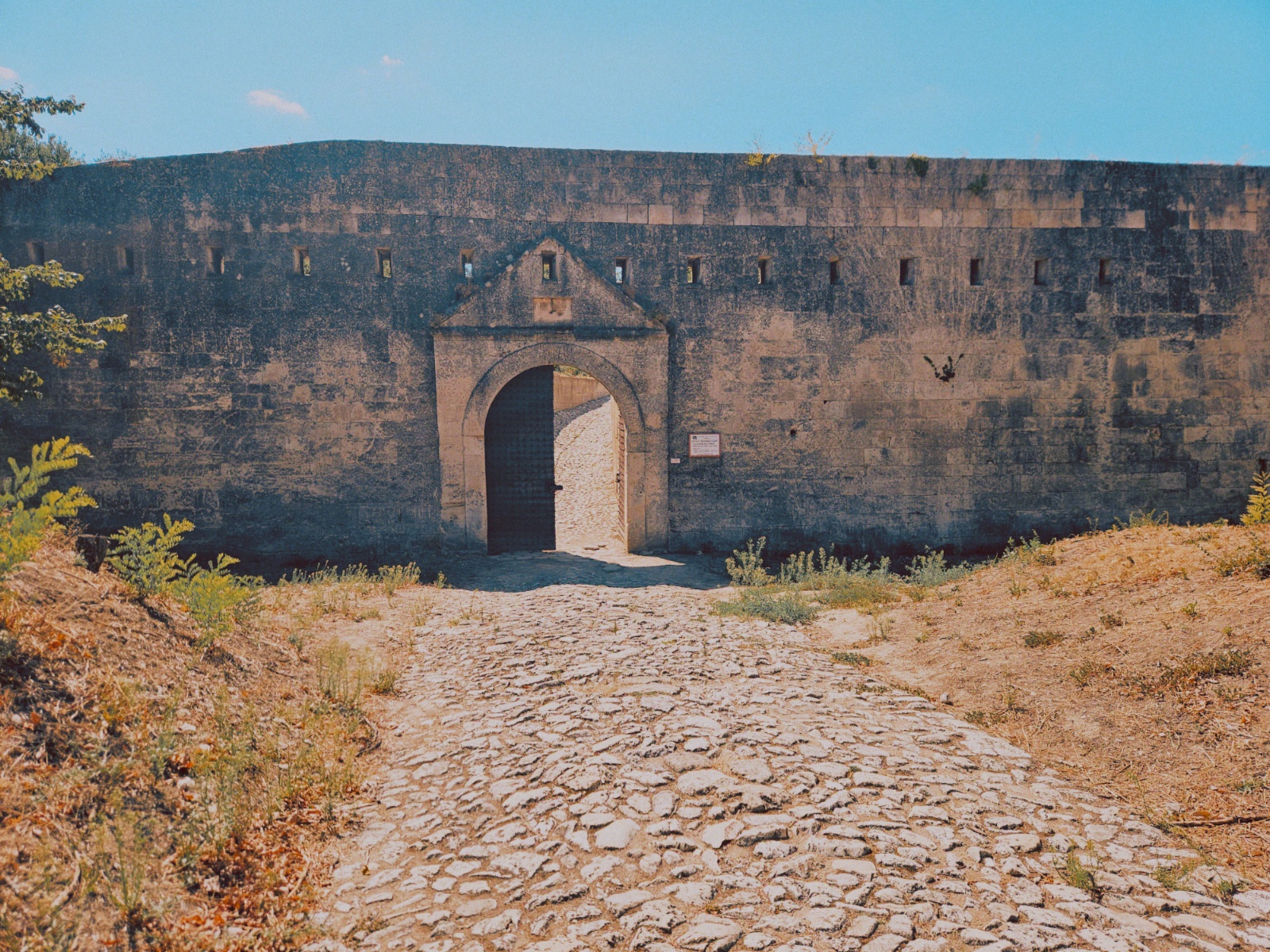
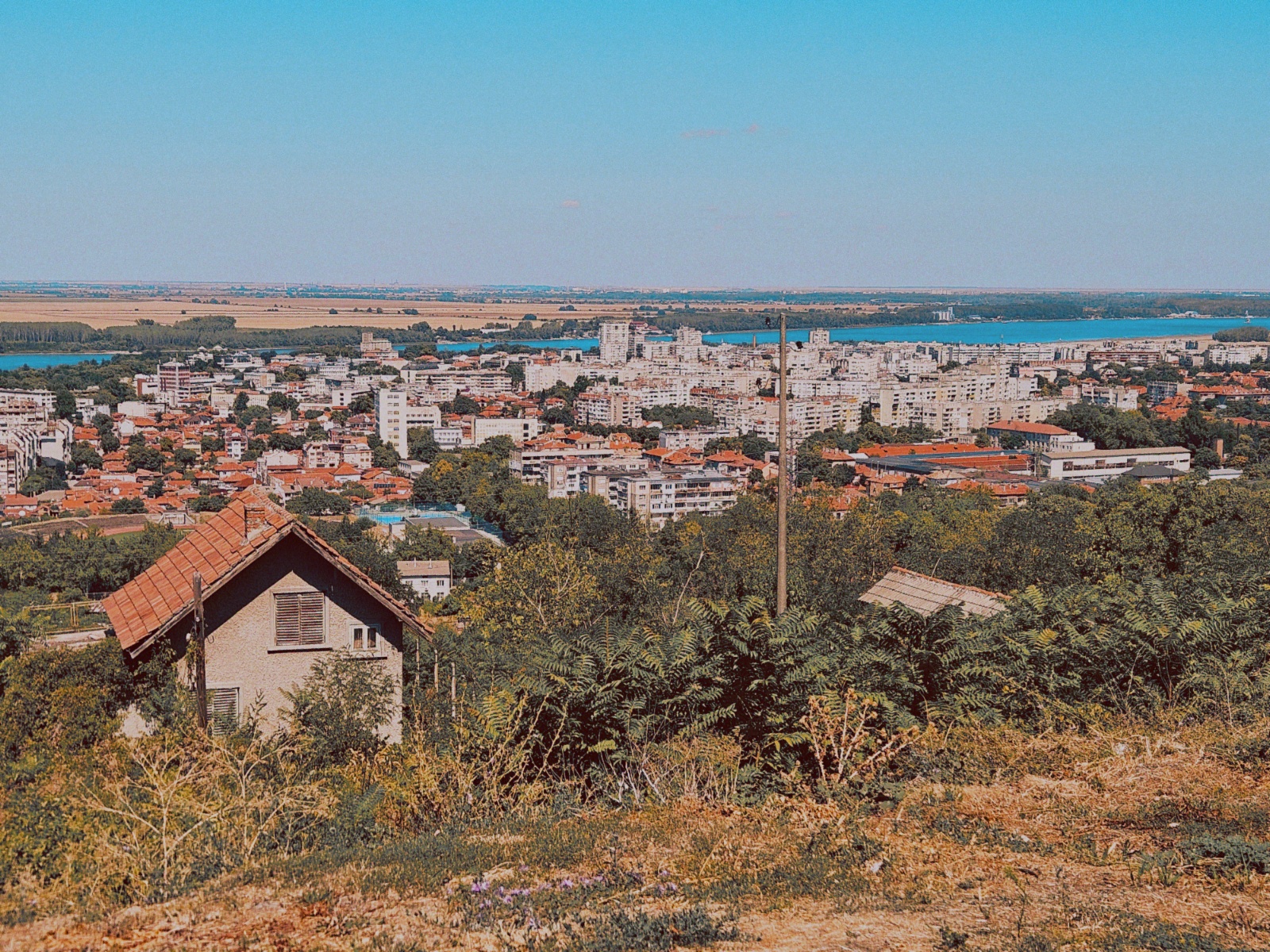
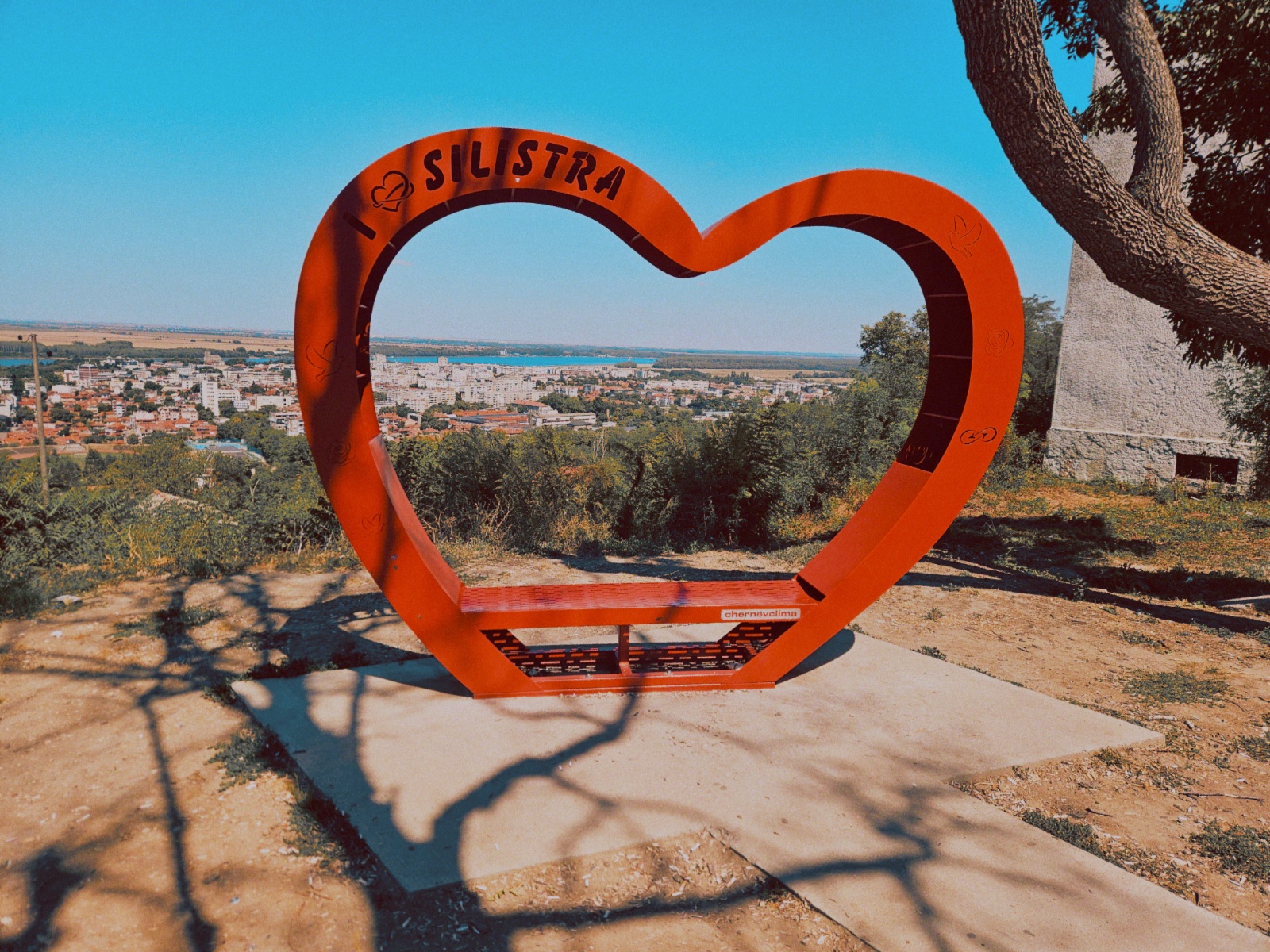
English
Silistra is located in northeastern Bulgaria, directly on the Bulgarian side of the Danube. In this section, the Danube forms the natural border between Bulgaria and Romania.
As a border town, Silistra has always been fiercely contested throughout history. The Romans first built a fortress near the former Thracian settlement in 12 CE, naming it “Durostorum.”
The city was besieged repeatedly with varying degrees of success, first by the Hungarians, followed by the Prince of Kiev (Sviatoslav I), then the Byzantine Empire and the Mongols, until the city was taken by the Ottoman (Turkish) Empire around 1400.
It was not until the end of the 18th century and the beginning of the 19th century that the Russian Empire succeeded in liberating Silistra, and the city then became part of Bulgaria again in 1878 after the victory over the Turks in the Russo-Ottoman War.
Until 1985, the population of Silistra grew steadily to 70,000, but after the fall of communism, the city suffered from enormous emigration (brain drain) and demographic decline (depopulation), which hit Silistra particularly hard and twice as much.
According to official figures, the population had shrunk to less than 27,000 by 2024, more than halving since the 1980s. This is truly devastating and, unfortunately, also a prime example of the population decline in Bulgaria. In many cities and especially villages, the situation is similar or even more dramatic.
Sights in Silistra include the Roman excavations (Durostorum), the late Roman tomb, which was unfortunately closed, the Turkish fortress “Medjidi Tabia,” and the Danube Park.
What do you think? Have you ever been to Bulgaria?
View this post on TravelFeed for the best experience.